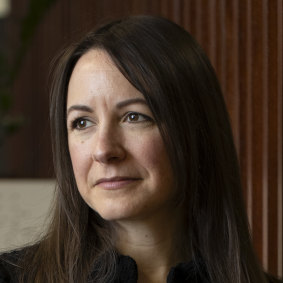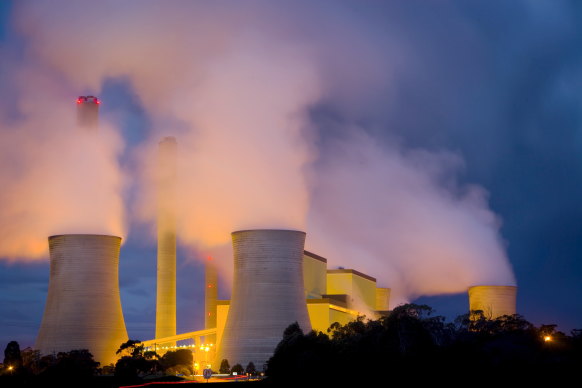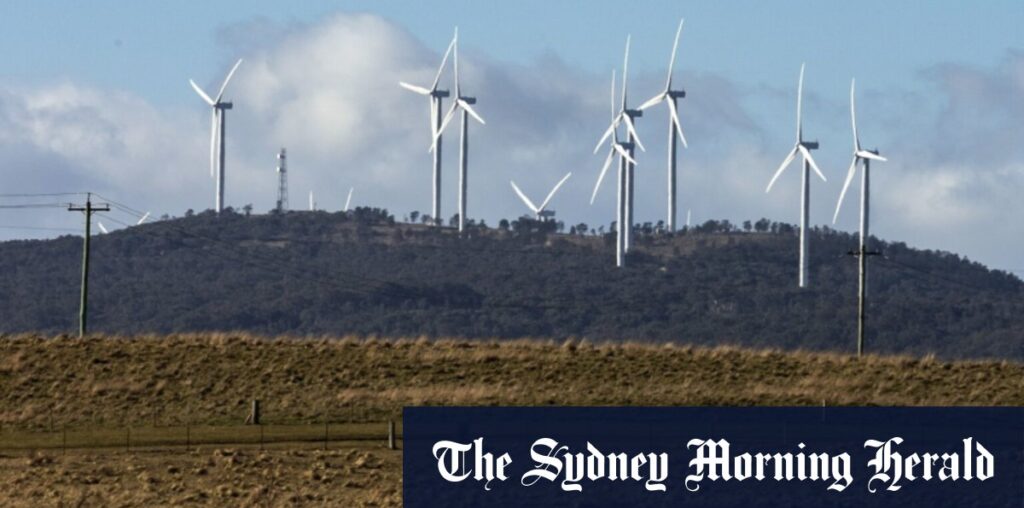However, wholesale prices started retreating in September, according to the Australian Energy Market Operator (AEMO), averaging $46 a megawatt-hour for the month and $50 a megawatt-hour in October.

Lisa Zembrodt, head of energy transition and sustainability at Schneider Electric.Credit: Arsineh Houspian
If sustained, the declines could help lower the risk of electricity bills rising sharply next year. Regulators take average wholesale prices into account in May when they reset each state’s annual default market offers – the maximum that retailers can charge customers who do not take up special deals.
Still, Zembrodt said the threat of a price hike remained, with much now depending on how the grid manages the strain of high air-conditioning use over the typically challenging summer months ahead, especially after the sun sets.
“We’ve seen prices come off,” she said.
“The big question is what demand is going to look like over the next few months – and that will be weather-driven,” she said.
Continued growth in renewable energy output will also put more pressure on coal, Zembrodt said, referring to newly connected wind farms in Queensland and Victoria that are now in their final stages of testing before delivering power to the grid.
The share of power generated from the sun, wind and water is expanding each year in Australia, and now accounts for between 38 and 40 per cent of the grid’s annual average power mix, as billions of dollars continue pouring into large-scale and household renewable energy.

Coal-burning power stations, the dominant source of Australia’s electricity for more than half a century, now account for roughly half.Credit: Fairfax
The transition is still lagging the speed that experts say is required for Australia to achieve its 2030 emissions-reduction and clean energy targets, but the build-out of renewables keeps setting records, according to AEMO.
The total volume of new renewable energy capacity in the process of connecting to the grid during the September quarter soared 36 per cent compared to the same time last year, AEMO said, with more than 45 gigawatts of new capacity moving through the connection process. That is equal to about 70 per cent of the grid’s existing generating capacity.
Loading
“It is promising to see Australia’s energy transition continue with more renewable generation capacity either coming online or progressing,” said Violette Mouchaileh, AEMO’s general manager of reform delivery.
Coal still typically accounts for up to 60 per cent of Australia’s average electricity generation, but at least half of the remaining coal-powered generators in eastern states are due to retire within the next decade, as the ageing and emissions-intensive equipment become less reliable and competitive against cheaper renewables.
The Business Briefing newsletter delivers major stories, exclusive coverage and expert opinion. Sign up to get it every weekday morning.

